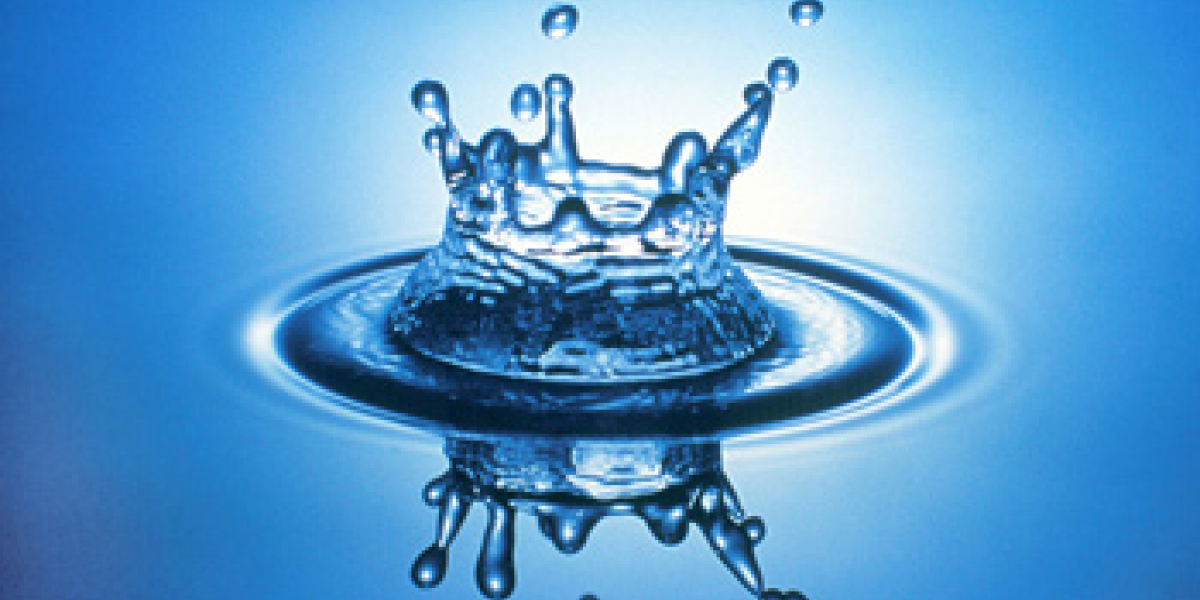Focus on lab equipment efficiency

Whether you are in an existing chemistry lab or building, or developing new construction, you can make decisions right now that will impact the life time cost of your facility and the impact it makes on the environment! Focus on: energy consumption, water consumption, and materials of construction.
Chemistry laboratories place an enormous demand on their environment. This is mostly due to the inordinate amount of energy needed to supply ducted chemical fume hoods and process high grade reagent water needed for various operations.
When someone hears about how much CFM (cubic feet per minute) a fume hood requires, they compare numbers between competitors, but they may not know what this really means to them or why it is important. Let’s look at a chemical fume hood.
The enclosure itself doesn’t use any energy, and relatively neither does the fan/blower that moves the air through the hood for chemical containment and safety. However, think about the amount of air you are removing from your facility: at 1200 CFM (for a 6' fume hood) you remove 1,728,000 cubic feet of air every day. That is enough air to fill the Goodyear Blimp 8.5 times!
Take into account the average price to temper air at $8.50 per CFM per year¹; now you are talking about a total cost of $10,200 annually and that is just for one fume hood. You can save nearly 33% of that money by utilizing a high performance or low volume fume hood (do your homework; these are not the same thing).
It is also important to review water consumption and needs when purchasing equipment. Analysis should be performed in a similar manner as we did above with air.
A quick look at laboratory reverse osmosis reveals that (RO) water purification units require 7-12 total liters of water to make one liter of water with 95% reduction rate of contamination. At this rate of consumption, it would be recommended to not wash your hands with RO water.
The waste water doesn’t have to go to drain either; it is still clean water and can be collected and used for cooling or irrigation. Labs should also look into the time, money and water advantages of using glassware washers vs. hand washing all that glassware a chemistry department goes through!
Finally, another immediate consideration for environmental friendliness is recycled and recyclable content. Is the equipment you are purchasing made of post & pre-consumer content? Once you are finished with this equipment, can you recycle its component materials or will it end up in a dump?
National Sanitation Foundation Standard 49 (for the performance and manufacturing of biological safety cabinets) states that "No biosafety cabinet should be sent to a landfill or recycling facility as a BSC, it should be disassembled…[and recycled by material breakdown]."² These are questions that equipment manufacturers should be able to answer for you as well as provide you with decommissioning recommendations.
The USGBC has not yet created a LEED rating system for laboratories, but this hasn’t stopped many facilities from going after LEED certification or embracing the core concepts of efficient design principals. Even for old educational facilities, simple choices in equipment purchases can make great strides in lowering energy bills and protecting our environment.
Energy efficiency in labs can reduce the cost it takes to run your equipment, but in doing so, you also offset a significant amount of carbon emissions dedicated to providing your facility with energy. Water is a resource that is often overlooked in many parts of the United States and across the globe.
In places like the U.S. Southwest and many developing countries where potable water quantities are limited, the use and reuse of water can become an enormous area of impact. The one-time purchase cost of your equipment should be considered, but it can be of small relevance compared to the overall cost to operate that equipment and its required systems.
Laboratory equipment and chemical reactions have something in common, the quality of the outcome is directly connected to what you put in.
____________________________________________________
¹ The accepted range for energy cost is $5-12 per CFM per year when the fume hood is operated for 24 hours a day, 5 days a week. Calculation includes 260 non-weekend days.
² NSF /ANSI 49-2010: Biosafety Cabinetry: Design, Construction, Performance, and Field Certification. Appendix E.8 (pg E12).
| chevron_left | Kjeldahl: Blower or Water Ejector? | Articles | See what you missed at Pittcon 2011 | chevron_right |






